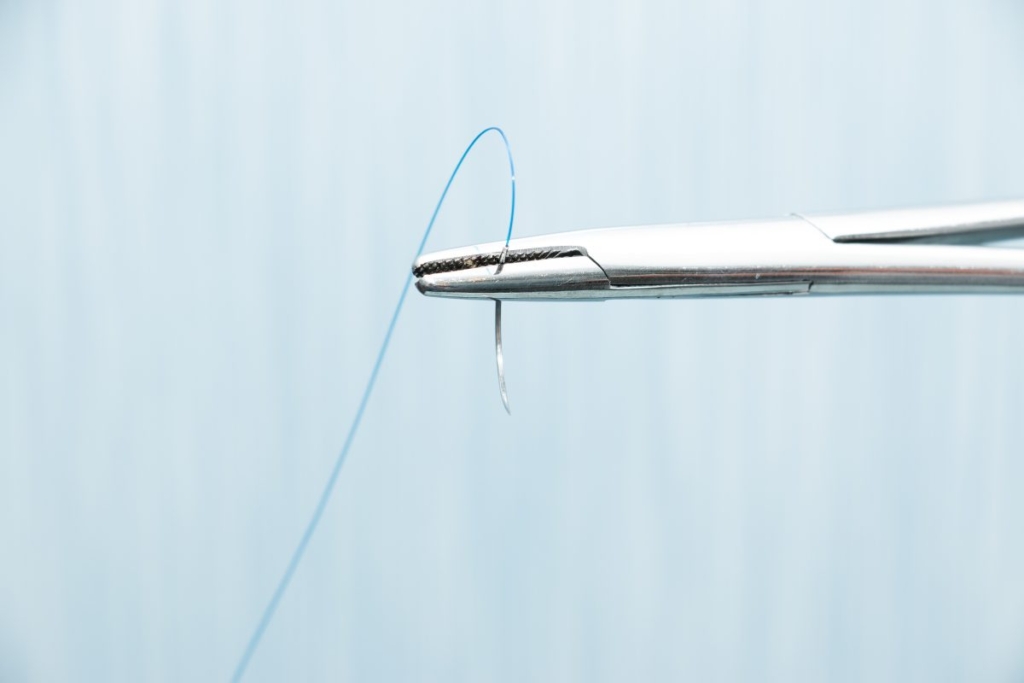Monofilament Yarns Are Strong and Durable: A Quick Explainer

Production of Monofilament Yarn
The yarn is produced by extruding the material through a precision engineered hole called a spinneret, which determines the diameter and cross-sectional shape of the yarn. Before passing through the spinneret, the raw material has to be prepared to be extruded.
Melt spinning is used to produce these yarns from thermoplastic and thermoset resins; the raw polymer chips are fed through a tube with a rotating inner screw that puts pressure on the polymer chips, ultimately melting them, which allows the polymer to flow through the spinneret.
This melting and extrusion process is continuous, meaning that yarn can theoretically be extruded indefinitely, which is why monofilament yarn is always continuous. Melt extrusion works for common materials like nylon, polyester, and polypropylene, among others.
The pressure generated to melt and extrude the material can be enormous, between 60- and 200-times atmospheric pressure, which is equivalent to the pressure between 600m and 2 kilometres below the surface of the ocean.
While this process is broadly similar to that used for multifilament yarns, more care has to be taken to prevent the newly extruded yarn from warping. For this reason, the extruded yarn has to travel through a water bath, from where it is drawn several times. The drawing process stretches and elongates the yarn, with nylon for example being drawn out to four times its original length. Once this drawing process is complete, the yarn is wound onto its packages. More information on the production process is available.
Types:
Monofilament yarn exists in many materials that can also be extruded into a multifilament yarn. Nylons of all types can be extruded into a monofilament, along with polyesters, including polyethylene terephthalate (PET). They also exist in more high performance materials like polytetrafluoroethylene (PTFE) and ultra-high molecular weight polyethylene (UHMWPE) where their specific properties are required. Factors like chemical exposure, temperature, tensile stress, and UV exposure all need to be considered when choosing the appropriate material.
Benefits:
Monofilament yarns have a number of characteristics that can be useful. They are well suited to challenging environments with vibrations and repeated flexing, as they have high vibration fatigue and word hardening resistance. They are also more rigid than the equivalent multifilament yarns, although this makes the yarn unsuitable for clothing, the fabrics made from them have higher structural integrity than an equivalent fabric woven from multifilament yarn which can be useful in industrial applications and some consumer applications.
Applications:
Monofilament yarns have many benefits that lend them to the following applications, where they are commonly used today:
- Toothbrush bristles
- Fishing line
- Tennis strings
- 3D printer monofilament
- Carpet backing
- Surgical sutures
- Strimmer wire
- Fine meshes for filtration, such as in disc filters and filter bags
- Braided hoses
- Fishing nets
In these applications, they serve a number of industrial, commercial, and consumer purposes where other types of yarn may not be as suitable. We have written before about the differences between monofilament yarns, multifilament yarns, and spun yarns.

